Liturgical References to Zion and Jerusalem
The Hebrew Bible, Prophetic Books, the Talmud, the daily prayer book, and ancient Jewish texts reinforce Judaism’s relationship to G-d and Eretz Yisrael.

The Hebrew Bible, Prophetic Books, the Talmud, the daily prayer book, and ancient Jewish texts reinforce Judaism’s relationship to G-d and Eretz Yisrael.

Irrefutable evidence shows Palestinian Arab collaboration with Zionists during the British Mandate greatly assisted Jewish state building. Cohen further asserts a general absence among Palestinians of a sense of national feeling, with loyalties instead tied to families, villages and other localities. Quite certainly without Palestinian Arab collaboration, Zionists would not have succeeded in building a nucleus for the Jewish state. Arabic newspapers in Palestine and British scrutiny show the constancy of the Arab population’s engagement with the Zionists, and this included Arabs resident inside Palestine.

The Declaration recounts the Jewish connection to the Land of Israel, the birth of Zionism and U.N. recognition of a Jewish state’s legitimacy. It also promises that the state will be a democracy for all its citizens.

The resolution states that refugees “wishing to return to their homes and live at peace (with Israel) should do so or compensation be paid…” Israel opposes the idea because it jeopardizes Israel as a majority Jewish state.
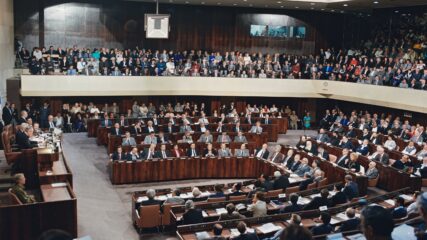
With no constitution, citizen rights and government responsibilities are stated in 14 laws. The Judiciary is covered in the Seventh Basic Law, February 1984.
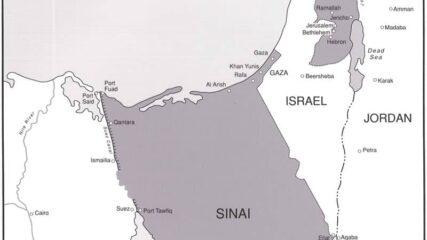
The Resolution calls for unspecified Israel withdrawal from territories in return for right of all states to live in peace. It does not call for full withdrawal. It is the basis of Egyptian (1979) and Jordanian (1994) Treaties with Israel, and PLO (1993) recognition of Israel.

Prime Minister-elect Begin rebukes President Carter’s assertion that Israel will need to withdraw from almost all the lands Israel secured in the June 1967 war, especially Jerusalem and the West Bank. Begin is adamant opposed to dealing with the PLO. Begin refuses to relinquish Israeli decision-making to US preferences or dictates. These fundamental policy disagreements will remain unresolved between Begin and Carter for the duration of Carter’s presidency, and years after.

On the last day of negotiations at Camp David, President Carter asked Israel to accept the US position that Jerusalem was occupied territory; Dayan shot back in vigorous opposition, “if we had known that you would declare your position on Jerusalem, we would not have come here. This is the first time that we are confronted with an American position and specifically on the most sensitive issue. All your positions with regards to settlements are insignificant compared to our confrontation on the issue of Jerusalem.”

Carefully sandwiched between Carter’s high-risk presidential visit to Egypt and Israel on March 10, 1979—to solve contentious disagreements between Sadat and Begin—and the Peace Treaty signing on March 26, 1979, his administration gladly votes at the UN to deplore Israeli settlement building; including demographic changes in Jerusalem. After the Peace Treaty signing, until it leaves office in 1981, the Carter administration will continue to barrage Israel with condemnation for settlement building.

Showing its public opposition to Israeli actions in the lands taken in the June 1967 war, an area that the Carter Administration
wanted reserved for Palestinian self-rule, it ‘strongly deplores’ Israel’s settlement policies. Passage of the resolution three weeks
prior to the New York and Connecticut presidential primaries, cause many Jewish voters to vote in favor of Ted Kennedy
and not for Carter, helping to splinter the Democratic Party.

Failing to account for the effects on his re-election hopes, President Jimmy Carter for the second of three times in 1980 lets the U.N. Security Council enact a resolution criticizing Israeli behavior beyond the Green Line.

The United States abstains on a Security Council resolution declaring Israel’s Basic Law on Jerusalem to be in violation of international law.

In Aprili 1987, the Jordanian King and Israeli Labor Party leaders secretly outlined a plan to convene an international conference to move Israeli-Palestinian talks forward through a conference format, but Likud opposition leaders in Israel squashed the idea.

Jordan becomes the second Arab country after Egypt (1979) to sign a peace treaty ending the state of war with Israel. The Treaty addresses boundary demarcations, water sharing, police and security cooperation, environmental issues, border crossings, administration of Muslim holy sites and other issues.

In 1995, Senators Robert Dole and Jon Kyl introduced the Jerusalem Embassy Act to move the U.S. Embassy to Jerusalem. The bill was adopted by an overwhelming majority in both houses of Congress; it provided Presidential authorization to effectively delay the embassy move every six months, if deemed necessary for U.S. national security interests.

With less than a month left in the Obama administration, the U.S. abstains on a Security Council resolution that blames Israel for the stalled peace process, lambastes Israeli settlements and repeatedly calls East Jerusalem occupied territory.
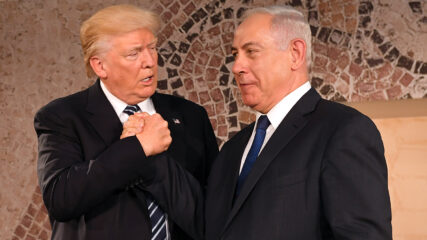
After visiting Saudi Arabia, Trump meets with Netanyahu where both assert joint views on the peace process, Iran, regional cooperation, and the long-standing relationship between Israel and the US; Trumps second meeting with Netanyahu since taking office.

President Trump’s proclamation to “officially recognize Jerusalem as the capital of Israel” breaks precedent. In doing so, he incurs bipartisan support in the US congress, but a flurry of criticism from analysts, diplomats and foreign leaders. In his remarks, Trump rebukes claims that he disqualified the US as a “reliable mediator” in future Palestinian-Israeli negotiations.
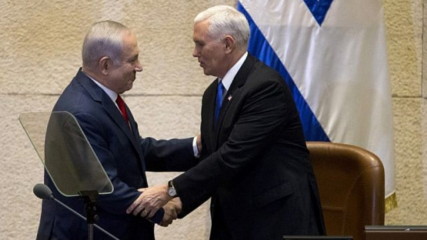
Vice President Pence firmly expresses American commitments to Israel’s security and commitment to the Arab-Israeli peace process. Palestinian Authority President Abbas and other Arab officials loudly criticize the speech and refuse to meet with Pence during his Middle East visit because of earlier US promise to recognize Jerusalem as Israel’s capital.
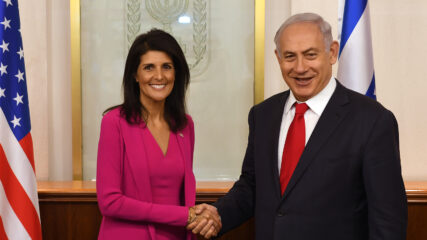
Responding to PA President Abbas’ speech at the U.N. and the PA’s rejection of the U.S. as a legitimate participant in Palestinian-Israeli negotiations, Ambassador Haley clarifies American positions on Jerusalem and the negotiating process.